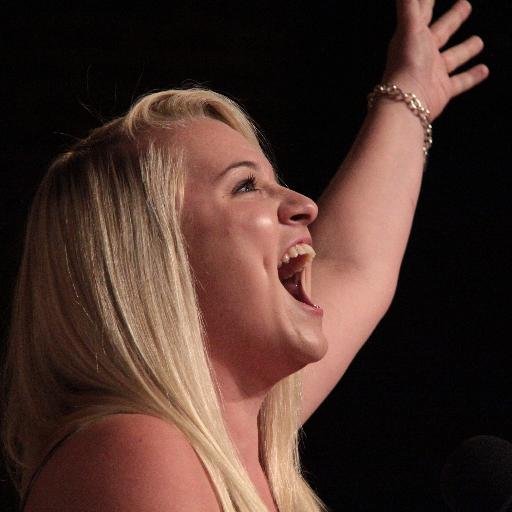Matt Edwards
Associate Professor of Voice, Shenandoah Conservatory Artistic Director of the CCM Vocal Pedagogy Institute
Love the Music? Love the People: Moving Beyond Style to the Heart and Soul of Genre
“Change starts in our classrooms and our studios…showing our young people, and especially BIPOC, that all musics deserve to be studied and taught and sung…that we respect that they know more than we do about their own music…that we need their expertise and experience in the classrooms and voice studios of the future…that they have a place in academia to train to be teachers whose musics are included and valued, and who can pass that on to the next generation of music makers.”
An excellent article by Jessica Baldwin from the CCM Vocal Pedagogy Institute.



